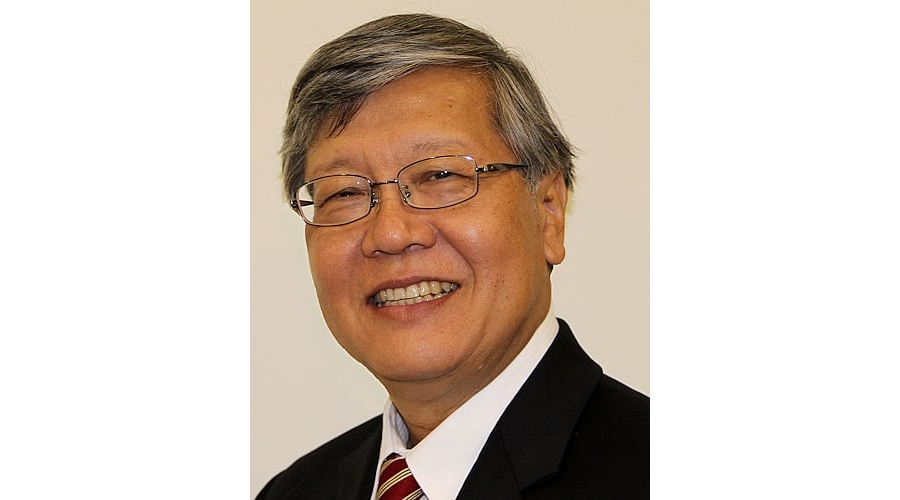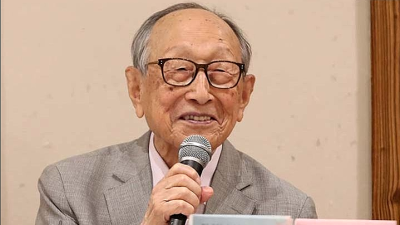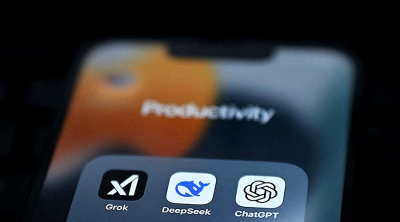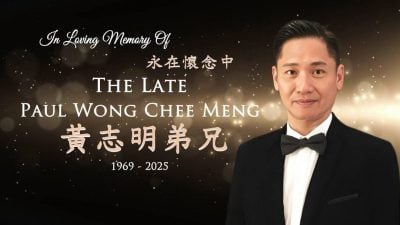
In Hong Kong for the Asia Global Institute forum on Navigating the Tariff War, the consensus was that no one is immune to structural uncertainty where everything is happening all at once, with no-one knowing what exactly comes next.
Navigation is about planning and executing a journey, but you need maps, compasses and point of reference to know where you are and where you are going.
Journeys across time and space need sound navigation, especially in troubled waters.
Sailing is all about teamwork, but in today’s nanospeed changes, getting anything done is like repairing an airplane in midflight. Any mistake could end up in a crash.
Some fundamental trends may guide us on the rules to navigate these uncertainties.
First, the US-China rivalry which prompted the tariff war is a long-term trend that will not disappear soon
We all must be prepared for the weaponization of everything in this rivalry, from trade, money, talent, chips and technology.
Assuming that the Big Powers are sensible enough to avoid Mutually Assured Destruction (MAD) from nuclear war, we can assume that all kinds of proxy wars or more conventional warfare will be experimented with in the current march to folly.
Second, consultants use the acronyms PEST (political, economic, social and technology) to assess the operating context and operating environment.
They also use SWOT (strengthens, weaknesses, opportunities and threats) to evaluate preparedness for competition.
Former US Defense Secretary Donald Rumsfeld famously introduced his Unknown Unknowns matrix.
What you and I know are Knowns Knowns. What mankind knows, but I do not know is an Unknown Known, meaning I can search and find such existing knowledge.
The Known Unknowns are risks that can be anticipated. Grandmasters in chess have super memories and remember all games played, but the AI computer can beat the grandmaster because it can play games that no one has played before.
The AI computer fills in gaps which humans know exists arising from rules that humans framed.
If humans themselves do not know such Unknowns, I doubt that AI models can yet explore the Unknown Unknown uncharted territory.
However, the insight of “Knowledge and Action are One” attributed to ancient Chinese Ming philosopher/warrior/minister Wang Yangming (1472-1529) gives us the third rule to unveil the Unknown Unknown.
Theory and existing knowledge can only carry you so far. It is only through action and risk-taking that the Unknown Unknown is revealed to humans taking risks in going where no man has gone before, like Capital Kirk of Starship Enterprise.
Chinese reformer Deng Xiaoping famously called it “crossing the river by feeling the stones”, meaning you have to take risks to reveal new information.
His other pragmatic aphorism was “Black Cat, White Cat, the best cat is one that catches mice.”
Since, the future is an unknown unknown, humanity advances through experimentation, innovation, entrepreneurship and risk-taking. Failure is the pre-condition of success.
The fourth rule is that technology as the solution to all human and climate change challenges may not add up.
Technology is a necessary but not sufficient condition for long-term resilience or survival.
It is right to invest in technology, but not all technology will yield results.
The unfolding tech or AI bubble is an example of this euphoria that technology will be worth billions for some, but not necessarily for all.
Based on a huge boom in AI technology usage across almost all sectors, the AI chip designer Nvidia has reached $4.4 trillion in market valuation, investing $100 billion in OpenAI, the unlisted ChatGPT maker, so that OpenAI can build data centers using Nvidia chips.
OpenAI also did a similar deal with AMD, pushing its own valuation to $500 billion.
Fear of Missing Out (FOMO) is causing every country to buy into their own data centers, which is why the stock market thinks that the AI phenomenon is not a bubble but has still quite ways to run.
The leading AI models are all financed by the tech giants, because it costs a lot to build and test these models.
The leading AI players are Grok (Elon Musk), Gemini (Google), Llama (Meta), ChatGPT (OpenAI), Claude (Anthropic), Copilot (Microsoft), Qwen (Alibaba) and DeepSeek, the last two being Chinese platforms.
The law of market competition means that not all models will be winners at the consumer level, because ultimately, it will be the mass market rather than the specialist users (such as governments for military/national security reasons) that will determine their success in revenue and market valuation.
How long can OpenAI monetize the $1 trillion worth of deals that the company has signed to continue investing in hardware and software acquisition?
This sounds like the case of hoteliers frantically investing in hotel rooms in anticipation of a tourist boom.
If the tourists (or LLM users) do not materialize, someone will be landed with a lot of expensive investments.
The fifth rule therefore is trust that for technology to succeed, you must have a good narrative, execution plan and ability to deliver what the market wants.
There is no doubt that AI itself is game changer, but some will be big losers when the game changes with no technology or innovation.
Of course, the large tech platforms have deep pockets to afford investing in such software and hardware, but as Warren Buffett famously said, when the tide goes out, we will know who is swimming naked.
In a situation of structural uncertainty, trust in who delivers with integrity matters.
The sixth rule is that in this war of elephants or giants, the smaller players, businesses or emerging economies must be nimble, adaptive and able to pivot at speed.
Geopolitical conflict means that self-preservation will be the name of the game.
The slower player will be the loser in this fast-changing game. The new normal is abnormal. Be prepared for all contingencies.
(Andrew Sheng is Distinguished Fellow of Asia Global Institute, University of Hong Kong; and Chairman of George Town Institute of Open and Advanced Studies, Wawasan Open University in Penang, Malaysia.)
ADVERTISEMENT
ADVERTISEMENT








































